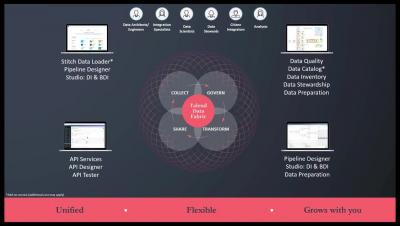Systems | Development | Analytics | API | Testing
Machine Learning
5 ways Machine Learning can improve the data cataloging process
Data is an essential asset for any business, with comprehensive efforts made to generate, source, and prepare it for analytical use. But just as important as collection and cleaning is ensuring its accessibility for users across the organization. This highlights the need for an organized data inventory—a directory that makes it possible to easily sort, search, and find the data assets required. In other words, you need a data catalog, a core component of master and meta data management.
The Modern Data Eco System - How teams collaborate to unleash their data
Machine Learning Pipelines for Research
Predictive Real-Time Operational ML Pipeline: Fighting First-Day Churn
Retaining customers is more important for survival than ever. For businesses that rely on very high user volume, like mobile apps, video streaming, social media, e-commerce and gaming, fighting churn is an existential challenge. Data scientists are leading the fight to convert and retain high LTV (lifetime value) users.
Introducing Lightweight, Customizable ML Runtimes in Cloudera Machine Learning
With the complexity of data growing across the enterprise and emerging approaches to machine learning and AI use cases, data scientists and machine learning engineers have needed more versatile and efficient ways of enabling data access, faster processing, and better, more customizable resource management across their machine learning projects.
What's new in BigQuery ML: non-linear model types and model export
We launched BigQuery ML, an integrated part of Google Cloud’s BigQuery data warehouse, in 2018 as a SQL interface for training and using linear models. Many customers with a large amount of data in BigQuery started using BigQuery ML to remove the need for data ETL, since it brought ML directly to their stored data. Due to ease of explainability, linear models worked quite well for many of our customers.











